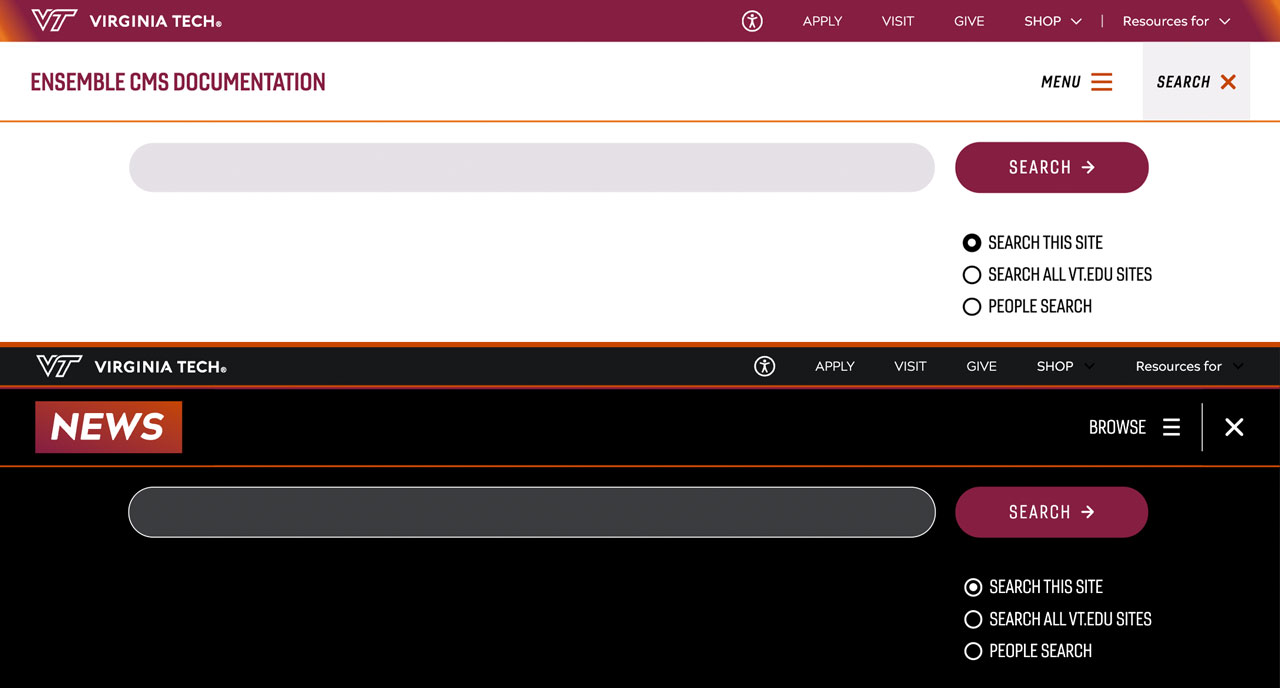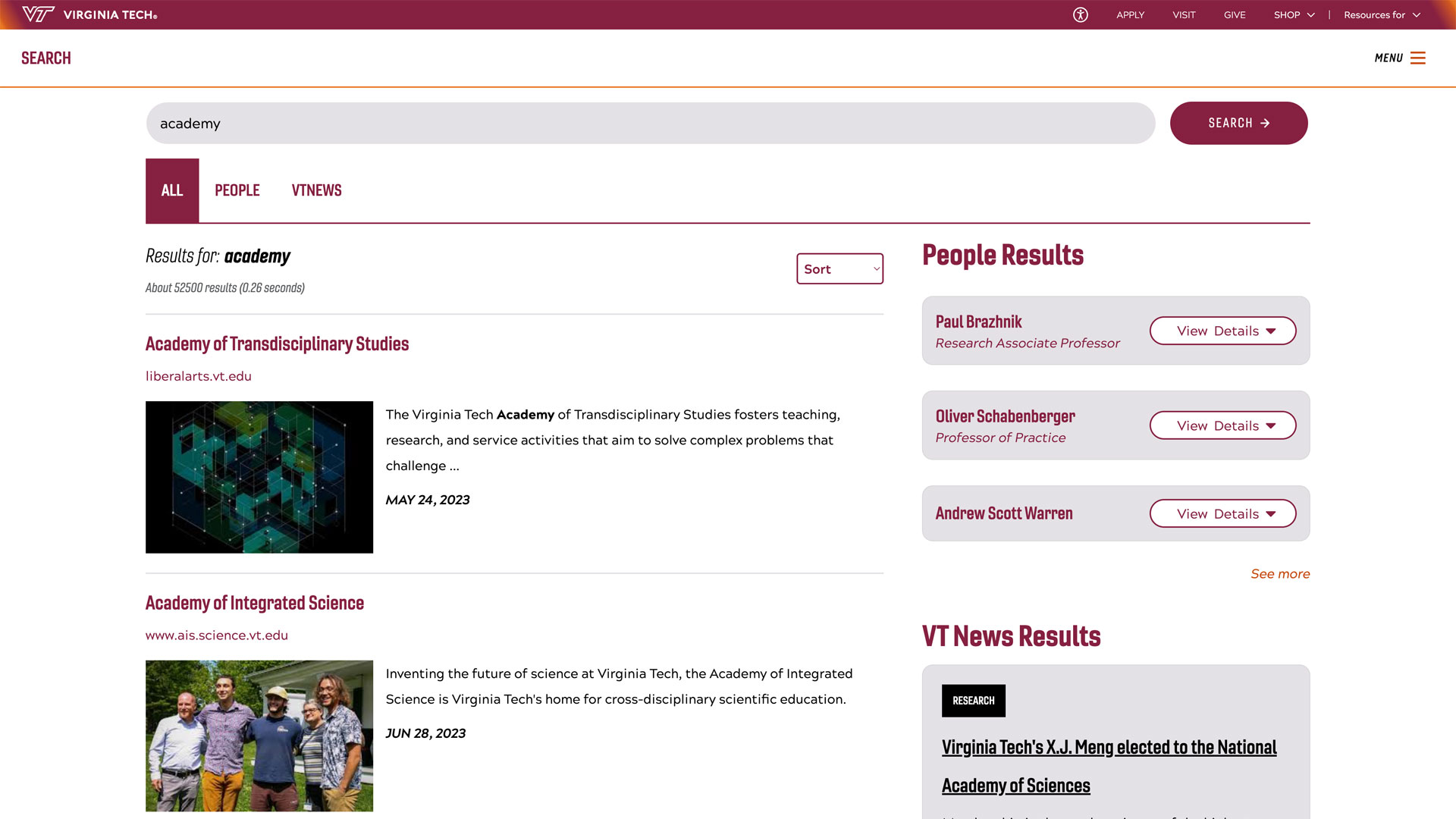In this lab, we print metal parts. We print metal parts like this, that are for high performance material that go into aircrafts. And what we like to do in this lab is what we call make them bond qualified, or make them first time right. So we have got three faces, what we call mirror as you build that's modeling it before. Then watching it, that's called qualify as you build, so you're looking at the part. And the third is correct as you build. So if there is a problem, you correct it. So this is what we call the smart additive manufacturing stuff. So it involves a lot of thermal modeling, computational modeling. It involves analytics, data analytics, machine learning, process control, and metallurgy. We have a metal powder that we are spreading a very small layer across our build plate. And so with that layer that we spread across the build plate, we have a laser in which we selectively center different sections of that powder we have down. And we did this process layer by layer, and we're creating a part. Currently, this process has matured well enough that it's been adopted by industries. Metal additive manufacturing, for example, has been used widely in aerospace applications. So to create your jet turbine blades, nozzles. Instead of milling out multiple different parts and combining them later on, if you use an additive manufacturing process like we have here, you can create one part, instead of having all of those different ones, you have to combine later. Which reduces your wait, reduces the waste that you're creating, and it's a more seamless process. We can build. We can inspect, we can test. So Virginia Tech is probably the only place in the neighboring seven or eight states, which has this kind of capability. With a multi, multi capable team, skilled team. From six or seven departments.




